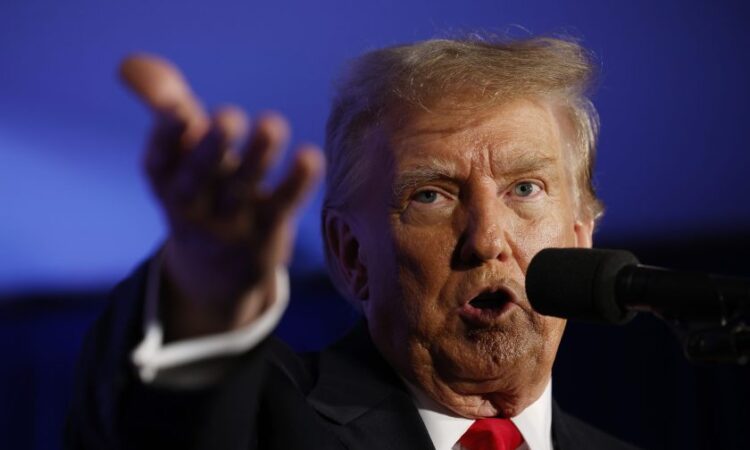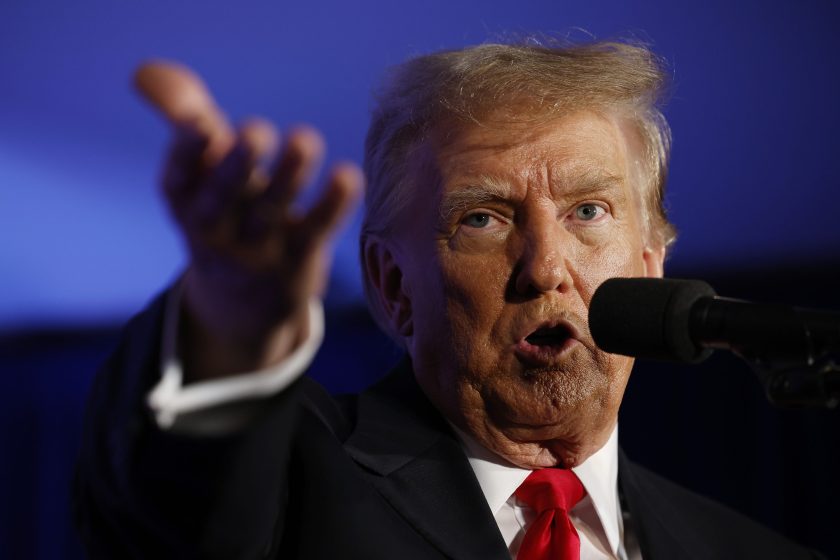Trump says a U.S. digital currency would be ‘tyranny.’ The Biden administration hasn’t mentioned CBDCs since September 2022


Republican presidential candidate and former U.S. President Donald Trump speaks to supporters during a Jan. 17, 2023, rally in Portsmouth, N.H. Chip Somodevilla—Getty Images
During a campaign stop in New Hampshire, former President Donald Trump vowed to block the creation of a U.S. Central Bank Digital Currency, calling it “a dangerous threat to freedom.”
Trump’s remarks fall in line with arguments Republicans have used in Florida, North Carolina, and, most recently, in Congress. Democrats, including President Joe Biden, largely have been more open to the possibility that the Federal Reserve create a digital version of the dollar.
“Tonight, I’m also making another promise to protect Americans from government tyranny. As your president, I will never allow the creation of a Central Bank Digital Currency,” said Trump, who’s reportedly made millions of dollars from NFT sales.
CBDCs are the digital versions of the fiat money, in this case the dollar, but exchanged via blockchains. Proponents of a U.S. CBDC argue that a digital dollar could be exchanged securely and less subject to the volatility often seen throughout the crypto ecosystem.
JUST IN:
Donald Trump says “As your president, I will never allow the creation of a Central Bank Digital Currency. Such a currency would give our federal government absolute control over your money.” pic.twitter.com/lSE2AGYgOm
— Bitcoin Magazine (@BitcoinMagazine) January 18, 2024
While Democrats have talked about the benefits of creating a digital dollar, there has been little concrete movement in that direction. In September 2022, Biden released a framework in which he asked the Federal Reserve to explore the creation of a CBDC after signing an executive order in March. But the White House hasn’t said much since then.
Furthermore, during a House Financial Services Committee hearing in March 2023, Fed Chair Jerome Powell said a U.S. digital currency was far from becoming a reality.
“What we’re doing is experimenting in kind of early stage experimentation. How would this work? Does it work? What’s the best technology? What’s the most efficient?” Powell said.
CBDCs aren’t the only option when it comes to fiat-backed digital currency. Another option is stablecoins, which can be created by private entities, for example USDC, which was launched by Coinbase in collaboration with Circle. Fiat-backed stablecoins, unlike those supported by algorithms, require traditional banking system reserves.
“A United States CBDC may have the potential to support efficient and low-cost transactions, particularly for cross‑border funds transfers and payments,” Biden said in his March 2022 order.



